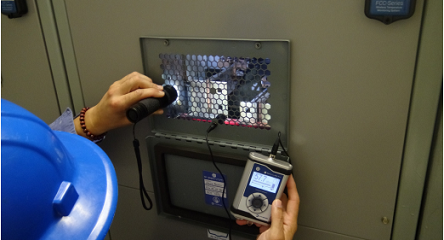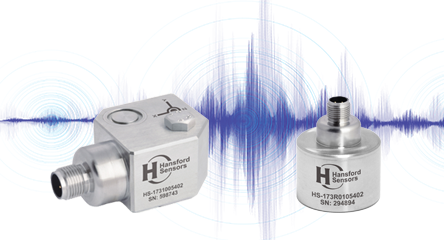Unplugging your computer without going through the proper shutdown steps can be a recipe for disaster. In the same way you need to ensure your lubricated equipment is idled and stored properly, allowing it to be protected against corrosion and oxidation.
If you can plan a shutdown ahead of time here are some steps to take to protect your equipment:
1) While the oil is at operating temperature and condition, collect an oil sample, and then filter the lubricant with the correct dedicated filter cart for that system. Try to remove as much solid particulate contamination and entrained moisture as possible.
2) To test for leakage consider adding a UV dye to the system during a final shift before outage. Inspect with a UV (black-light) and fluorescence-enhancing glasses to help detect and document system leak points. This could be an opportunity to plan and perform proactive maintenance (fixing leaks and replacing components) that are normally difficult or impossible to schedule during regular operation.
However, sometimes it is not always possible to plan your shutdown. You may be given less than a shift’s notice to get things ready and prepared. Here are some steps you can take to protect your equipment if it needs to be put into an idle state. To start you should create an equipment work list, including a checklist tags for each piece of equipment to be idled
After Shutting Your Equipment Down:
1) Drain a portion of the sump to remove any sediment and demulsified free water that may have shed from the oil after shut down, and replace with top-up oil
2) Top-up the sump with the correct fresh oil to at least the recommended idle oil level on the sight glass or level gauge
If topping up beyond the recommended high point/non-operating level mark, make sure to indicate that on the tag
3) For larger equipment, remove moisture from the airspace of gearboxes (for shafts sealed by lip seals) and reservoirs by removing the desiccant breather/vent and sealing with a a plug with an elastomerically sealed vacuum removal valve
4) For all systems, including both lip sealed as well as labyrinth/non-contact shaft seals in gearboxes and bearing housings, consider adding a vapour-forming rust and oxidation inhibitor/preservation oil to the system lubricating oil
Preservation oils are available from most major lubricant manufacturers
They are designed to form a lubricating vapour in the headspace to help protect exposed surfaces above the oil level from corrosion
For reservoirs that have been drained and are empty, consider adding preservation oil exclusively.
This is especially useful for longer-term storage, to preserve internal exposed metal surfaces.
Note: It is generally recommended, before restarting equipment containing system oil that has been treated with preservative formulation oil, to perform a complete oil change prior to restarting the equipment
5) Another important but sometimes overlooked procedure for gearboxes and bearing housings that have been idled is to manually turn the shaft at least 1¼ turn (3 to 4 times each month, or as recommended), to lubricate the bearings but also critically to help prevent false brinelling of the bearings as they sit unused in a static load condition
6) Large and/or critical equipment in preservation during outage should have oil samples collected periodically, to check for viscosity or moisture changes in the oil Replace this oil if necessary.
These steps will allow you to be ready to restart safely and quickly- and operate reliably as before it was idled.





